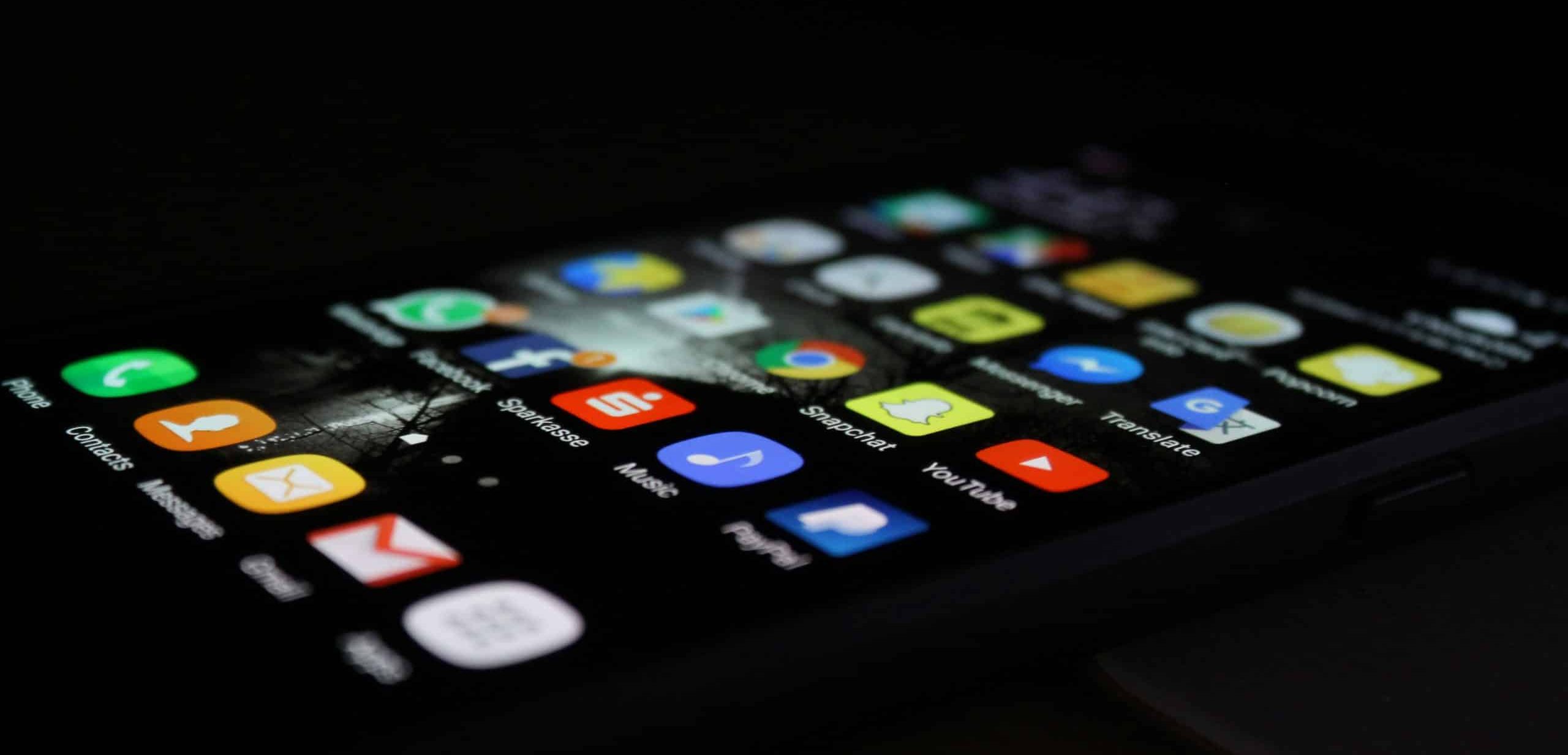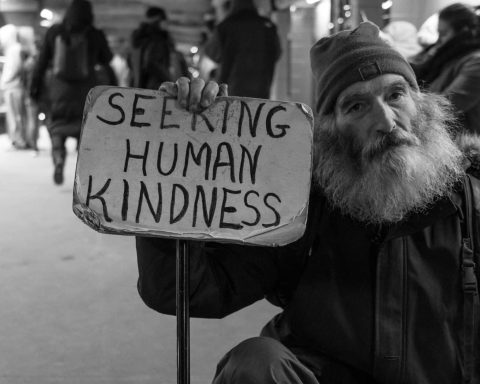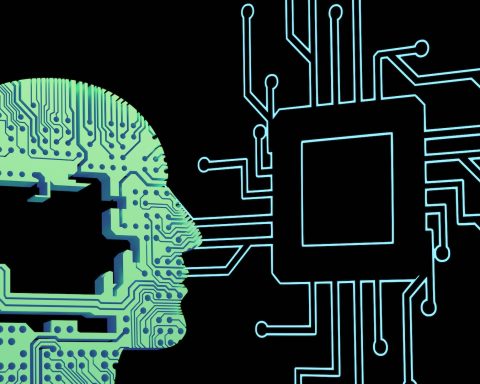 Giles Dawnay is a writer, poet and GP in Herefordshire. His website is: www.gilesdawnay.com
Giles Dawnay is a writer, poet and GP in Herefordshire. His website is: www.gilesdawnay.com
Driving to work this morning with the car paused in traffic I noticed a sight that I have become more aware of over the last few months. By the bus stop were a cluster of young teenagers in dark uniform for the upcoming day’s academic activities. All neatly spaced apart and seemingly calm, in that now almost ubiquitous hunched position that is Homo Sapiens looking at their smartphone. In a group of at least 10, not a single one was speaking to each other.
All neatly spaced apart and seemingly calm, in that now almost ubiquitous hunched position that is Homo Sapiens looking at their smartphone.
I recently watched the Channel 4 documentary Swiped1 about an experiment where a school encouraged a group of 11 year old pupils to part with their phones for 3 weeks and the insights and results were both chilling and extraordinary. This age group can spend up to 9 hours a day on their phones. A Children’s Commissioner Survey found that 27% of British 11 year olds having seen online pornography (without necessarily having actively searched for it)2 and there have even been tragic accidental deaths from being swept up in the latest online crazes. Without wanting to give too much away, as you can imagine once the group got over the initial withdrawal they returned to versions of themselves that their parents would recognize, such as being kind, calm thoughtful and creative.
‘Overprotected in the physical world and under protected virtually.’3
Jonathan Haidt describes, in his insightful and disturbing book ‘The Anxious Generation,’3 that we are growing a generation of children who are overprotected in the physical world and under protected virtually. Children are given less space to roam unsupervised and yet seemingly can go where they want to online. He hypothesizes that this leads to a deep lack of confidence in their ability to make their own decisions but also the constant sense of danger that being online can bring. It is estimated that at least once a day 14 year olds see something that deeply upsets them on social media.4 The two presenters on Swiped do an experiment where they create Tik Tok accounts as though they are 13 years old (no rigorous verification of their age needed). They then allow themselves to scroll and be guided by the algorithms to new content. Within 3 to 4 hours they were seeing content that that they both found upsetting and distressing.
Perhaps in a parallel to the Hygiene Hypothesis, this world of low real life exposure yet no protection from virtual danger has led to an overreaction to stressful stimuli resulting in increased anxiety?
Long term use of Social Media can lead to social deprivation, sleep deprivation, attention fragmentation and even addiction. One study in the USA estimates that that teenagers receive on average 192 notifications a day.5
‘Life in these [social] networks is often a daily tornado of memes, fads, and ephemeral micro-dramas’3
Social Media is has been feted as one of the great levelers of our age. Platforms where people of all ages and persuasions can connect and learn from those they feel an affinity with. However it’s dark predatory side is concealed in the supposed freedoms that it offer. Increasingly monetized, its main priority now seems to be to keep eyes on screen to allow those advertising through it to grab you attention. ‘Enrage to engage’ 6 has been coined as an internal strategy to keep us looking. They know that creating a strong emotional reaction will hold our attention more. Cynically using a Variable – Ratio Schedule of notifications, it molds its users to seek ever more feedback. Haidt describes Social Media as a trap, promising communion and community but in fact falling way short of providing this.
…the rise of faster and more invasive digital technology seems to link with a decline in mental health.
The rise of worsening mental health in adolescents has been a cause for concern over the last ten years. This seems to neatly coincide with the development of increasingly interactive social media, faster broadband and ever more sophisticated smart phones. Yet the young brain is at its most vulnerable from approximately 9 to 14 years old through rapid growth and poorly developed pre-frontal cortex (thought to be fully developed by the end of our twenties). Life, at this age, is built and understood on mainly impulse, as many a beleaguered parent of this age group can testify. Female teenager’s mental health has especially plummeted in the last ten years with the rise of hospital admissions steeply rising (112.8% in 2021-22) for self-harm and suicidality.7 Females who have a screen time of more than 5 hours a day are three time more likely to be depressed.
In the same way there is an unsettling parallel in the rise of obesity and ultra-processed food from the 1970’s onwards,8 the rise of faster and more invasive digital technology seems to link with a decline in mental health. What seems even more disturbing is that what may prove to be a major risk factor is happening in plain sight.
Not only do we need to put pressure on our wise Government leaders to take serious and considered action about the legal age upon which access is given to social media (16 is currently seen as the most sensible). Just as in other big profit industries such as Tobacco, Alcohol, Oil and Ultra Processed Food, we know the industry cannot be trusted to regulate itself.
We also now need to make sure that when these broken teenagers come and see us in the consulting room, we ask the right questions about what they are being exposed to. Not only in the physical world but also the virtual one.
Deputy editor’s note– see also an article where the author introduces the idea of Digital ‘Diabetes:’ https://bjgplife.com/digital-diabetes/
References
- https://www.channel4.com/programmes/swiped-the-school-that-banned-smartphones [accessed 13/2/25]
- https://www.childrenscommissioner.gov.uk/blog/growing-up-with-pornography-advice-for-parents-and-schools/#:~:text=The%20CCo%20survey%20finds%3A,self%2Desteem%20as%20young%20adults. [accessed 13/2/25]
- The Anxious Generation. Haidt, Jonathan Penguin 2024
- https://www.bbfc.co.uk/about-us/news/half-of-children-and-teens-exposed-to-harmful-online-content-while-in-lockdown [accessed 13/2/25]
- statista.com/statistics/1245420/us-notifications-to-social-app-ios-users [accessed 13/2/25]
- Stolen Focus. Hari, Johanne. Bloosmbury 2022
- https://www.thelancet.com/journals/lanchi/article/PIIS2352-4642(24)00333-X/fulltext#:~:text=Increases%20were%20particularly%20steep%20in,5%25)%20all%2Dcause%20admissions. [accessed 13/2/25]
- Ultra Processed People. Van Tulleken, Chris. Cornerstone Press 2023
Featured Photo by Rami Al-zayat on Unsplash






